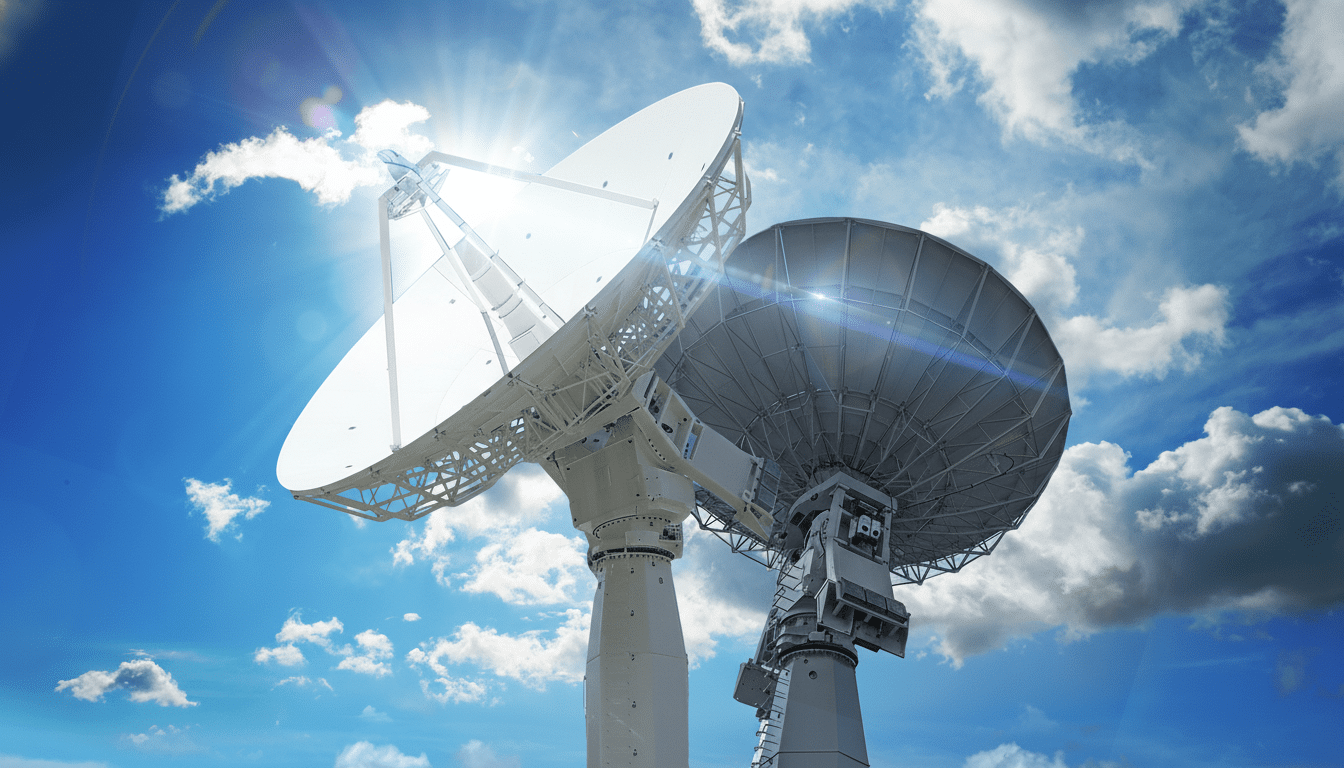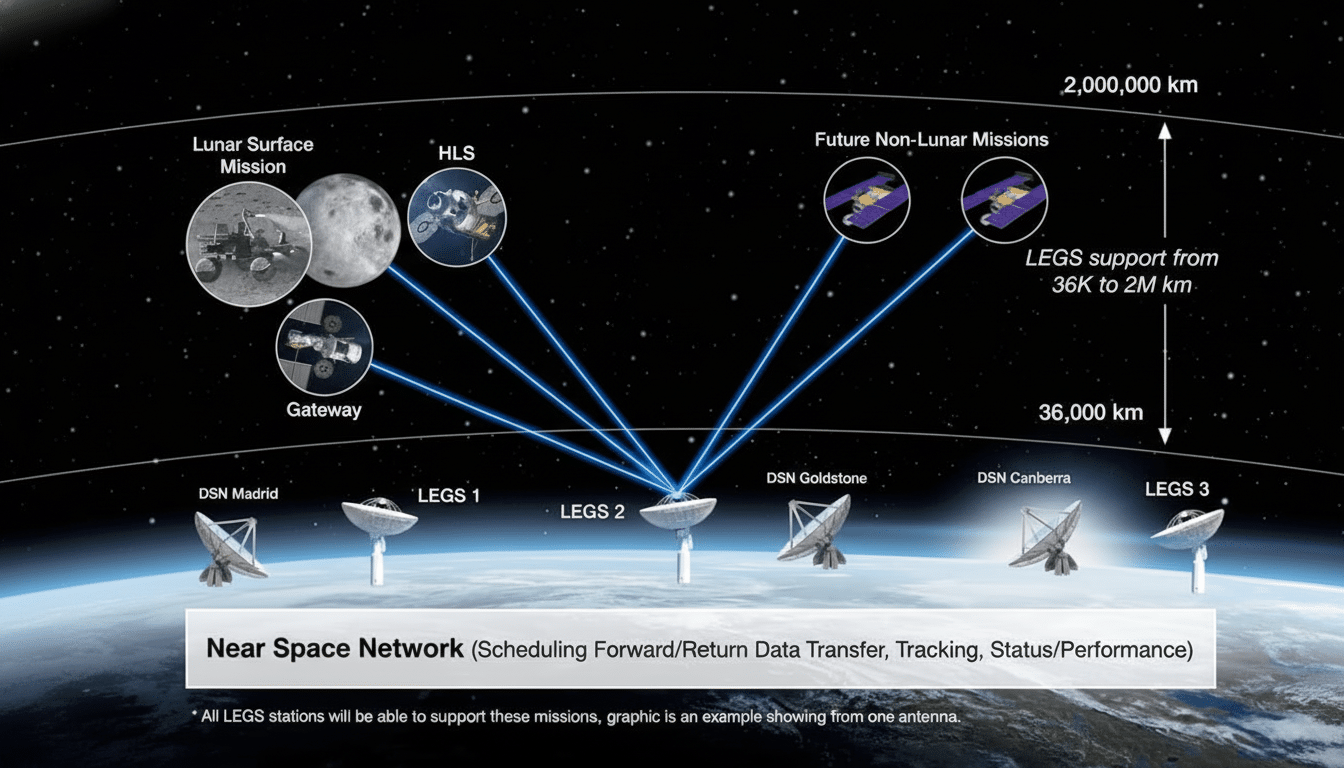Three builders constructing the next decade of orbit take off toward the Space Stage: Bridgit Mendler of Northwood Space, Even Rogers of True Anomaly, and Max Haot from Vast. Their shared emphasis on connectivity, security, and stations aligns directly with the fundamental drivers of a commercial space economy that’s transitioning from demo mode to established infrastructure.
Digital Infrastructure Is The New Competitive Advantage
Mendler comes back with a sharper argument: ground systems, not rockets, are now the pacing item for many space companies. Northwood Space is developing the model for scalable, software-defined ground station networks that would reduce latency, make it possible to integrate into a bottleneck-based network, and turn downlink from a long-lead item constraint into an on-demand service.

With mega-constellations producing torrents of data, between Ka-, S-, and X-bands, cloud-native routing is required if bits are to flow from orbit into analytics pipelines. Public and commercial networks — including NASA’s Near Space Network, ESA’s ESTRACK, and companies like KSAT, Leaf Space, RBC Signals, and AWS Ground Station — are pushing in this direction already, but there remains a lack of interoperability. The Union of Concerned Scientists’ satellite database indicates that mega-constellations have taken over as the largest group of active satellites, further burdening terrestrial capacity and spectrum coordination.
Look to Mendler to roll up her sleeves and examine where automation can unlock tangible performance, such as dynamic pass allocation during disasters, smarter queueing that prioritizes time-sensitive payloads, and cross-network roaming. For a start-up today, shaving minutes off delivery from sensor to customer can be the difference between seeing a pilot program happen and an actual contract that will help you make money.
Defense And Autonomy Are Changing The Orbital Security Paradigm
Rogers, a retired Air Force officer who worked on early Space Force concepts, addresses an uncomfortable fact: overly crowded orbits demand software-first defense. True Anomaly is working on a maneuverable satellite — autonomous spacecraft for rendezvous and proximity operations/On-Orbit Servicing, Assembly, Training, and Inspection (OSATI). Such space vehicles are key to forming the picture of what is happening in low Earth orbit and who is responsible.
Space traffic controllers already keep tabs on a giant inventory of things, and operators are bombarded with close-approach warnings. Reports by U.S. Space Command and the Secure World Foundation documented increasing maneuver activity and sightings of more conjunction warnings as constellations grow in size. In such a world, autonomy, authenticated signaling, and realistic simulation are not an indulgence but safety rails.
Rogers would probably seek norms that better align commercial incentives with national security, such as having standardized telemetry exchanges, a “rules of the road” for how spacecraft should behave around one another in orbit, and transparent test campaigns. The nascent blueprint reflects the evolution of cyber: unremitting monitoring, swift attribution, and layered defense designed to control contested domains.
Artificial Gravity And The Jump To Long-Duration Living
Haot, the founder of Launcher and now chief executive of Vast, is in pursuit of a capability long the province of science fiction: artificial gravity. Vast’s vision — stations that rotate to simulate centrifugal force — hopes to address some of the biggest human spaceflight bottlenecks, including decreases in bone density and fluid shifts that cause vision problems, both common occurrences studied in the NASA Twins Study and the Human Research Program.

Ramping up usable gravity in human-scaled stations is a wicked engineering trade. Spin too quickly and you get motion sickness; spin too slowly and the structure gets unwieldy. Studies have indicated that people can acclimate to spin rates of low single figures in revolutions per minute, but habitability also depends on the management of gradients and rendezvous dynamics as well as off-world assembly. If Vast solves even some of this, markets in biomanufacturing, in-orbit servicing, and crewed research get longer runways — and tourism is no longer a one-and-done stunt.
The downstream effects literally reach everything on the stage: artificial gravity enlarges the population eligible for long-term stays, increasing demand for secure operations and high-throughput links. The stations, the security, and spectrum together form a three-body problem which cannot be decoupled.
Policy Tailwinds And The Startup Playbook
Behind the scenes, policy and procurement are changing in ways that should matter to founders. FCC is enabling streamlined smallsat licensing and tightening debris mitigation regulations; NOAA modernized remote sensing regulations; while defense innovation channels such as SpaceWERX, DIU, and forming Other Transaction Authority agreements are reducing time to first contract. NASA’s efforts to encourage commercial low Earth orbit destinations are a reminder of its expectations that government will be an anchor customer, but not the only operator.
For companies like Northwood Space, True Anomaly, and Vast, those levers are the difference between earlier revenue and clearer paths from demo to deployment. The question for the panel here is how technical roadmaps and these contracting realities can be made to align — and how risk might be quantified in a market where orbital incidents can upend policy and purchasing overnight.
What To Watch On The Space Stage For Attendees
Look for:
- Mendler to describe measurable gains in pass utilization and latency.
- Rogers to set the norms of operation for on-orbit encounter safety.
- Haot to define the minimum viable gravity required for meaningful biomedical outcomes.
Expect debate over:
- Whether autonomy should be required for collision avoidance.
- How soon ground networks can adopt optical links.
- Which artificial gravity architectures are viable earlier.
The through-line here is pragmatic: Turn the bottlenecks of today — bandwidth, behavior, and human physiology — into the next generation of competitive advantages. With Mendler, Rogers, and Haot on the same stage, attendees will get a glimpse of how the space economy professionalizes — and who is creating the tools to make it last.

